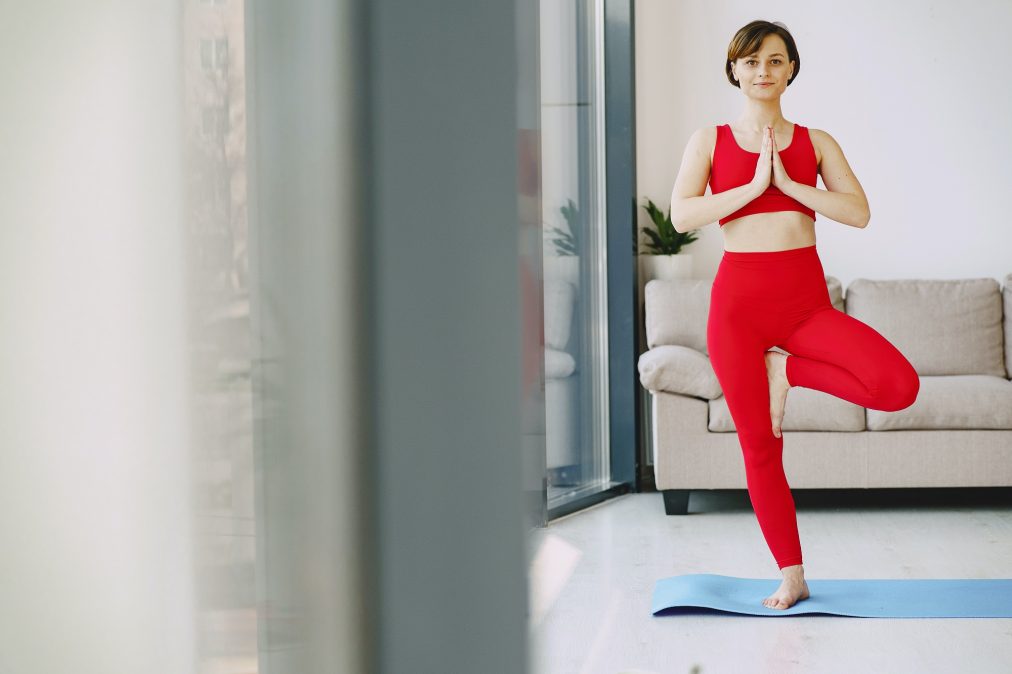Balance and Proprioception

Try standing on one leg, how many seconds can you hold yourself upright before you fall over? Now make this more challenging by turning your head side to side or moving your arms up and down. What about if you close your eyes? As physiotherapists we commonly assess our client’s balance regardless of age and activity level. Poor balance and proprioception (awareness of the body or a joint in space) can impact performance across a variety of tasks, leading to injury recurrence as well as risk for falls in the elderly.
For athletes, having sufficient proprioception allows them to accurately change direction, jump and land efficiently and safely. Similarly, maintaining good balance as we age is required to centre our body for simple activities such as changing position from sitting to standing, getting out of the bath, and managing obstacles in the home without tripping or falling over.
Being stable and knowing where your body is in space is more complex than you may realize. Various systems of the body including your vision, musculoskeletal, and vestibular system in the inner ear are constantly working together to prevent us from falling over! Balance and stability also requires muscular strength, joint flexibility and good reaction time. If one or more of these systems are impaired then your stability is likely to be affected too.
Working on balance as we age becomes even more important as decreased muscle mass, joint flexibility and eyesight lead to a significantly higher risk for falls. According to stats Canada, every year, 1 in 3 seniors over the age of 65 are likely to fall at least once. Falls later in life can lead to multiple complications including hip fractures, chronic pain, prolonged hospitalization and even death.
Injuries (especially in the lower extremity) if not rehabilitated properly can lead to poor balance and risk for future injury. Ligaments in particular are a very proprioceptive tissue that tells the brain where that part of your body is in space. Following knee or ankle ligament sprains, there is evidence to show that instability, reinjury and pain can persist without sufficient strength and proprioceptive training around the joint. Head injuries or even minor concussions can also affect the neck, vision and inner ear which can impair your sense of where you are in space and can sometimes lead to dizziness, nausea and loss of stability when returning to sport.
Moral of the story? Rehabilitate injuries early on, stay physically active (varied activity is great), challenge your balance through different environments and tasks, and strength train! If you suspect vision or inner ear issues are the culprit, follow up with your physician. Balance deficits can come from one or more impaired systems- whether it’s that old ankle sprain, a vestibular issue or muscular imbalance. If you feel wobbly on your feet or have a poor sense of where your body is in space and don’t know where to start- an assessment from a physiotherapist may help you find the root cause!
Charlene Copeland-Wilson, MPT, CAFCI, NKT®, Clinical Pilates, IMS

About twice a month our therapists will be posting answers to commonly asked questions. So, if you have a burning question that you want answered let us know in the comments below.
We can cover anything ranging from active rehabilitation, to injury prevention.
This week our featured therapist is Charlene Copeland-Wilson. To learn more about Charlene check out our PhysioWorks team.


Leave a Reply